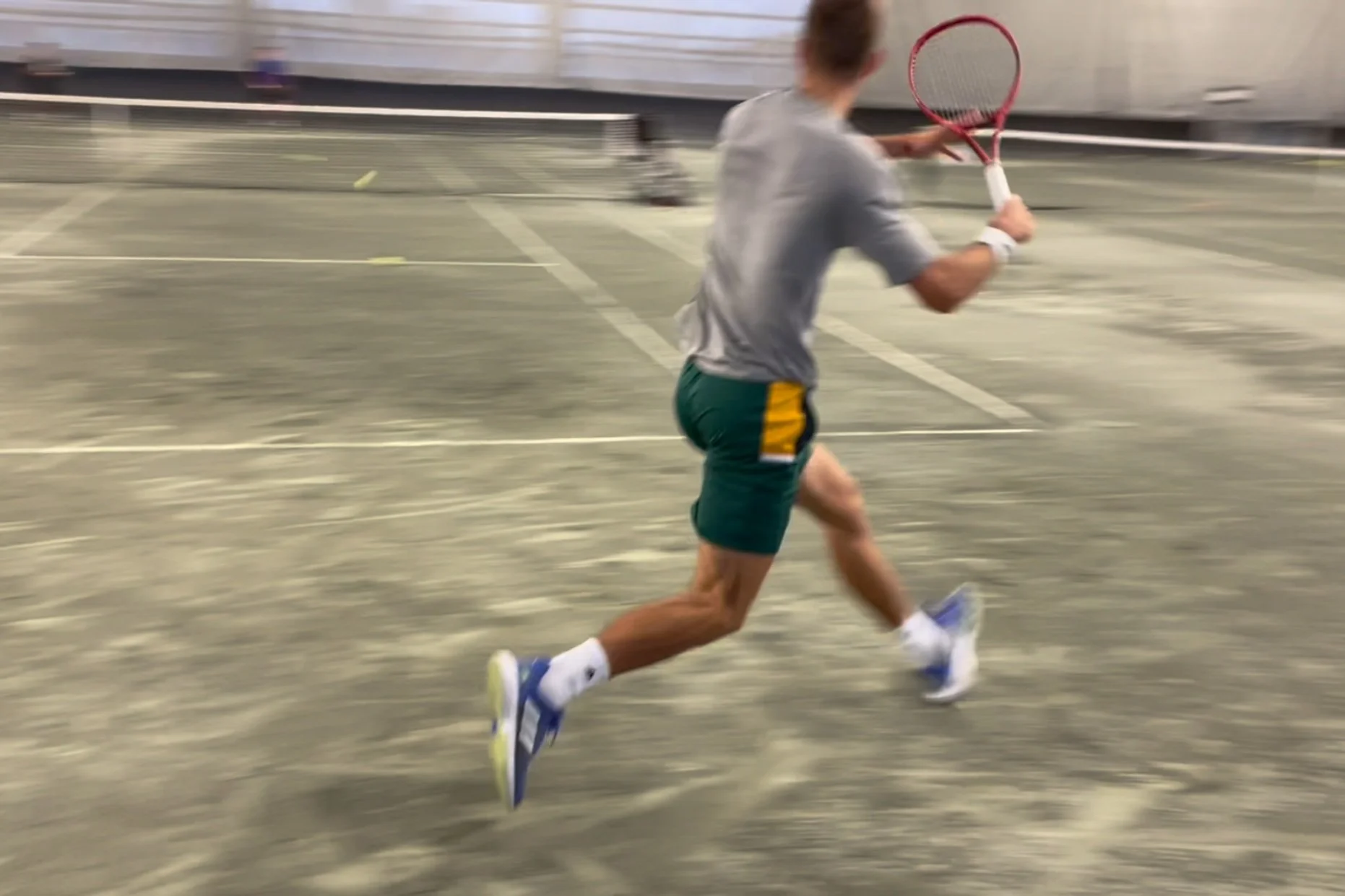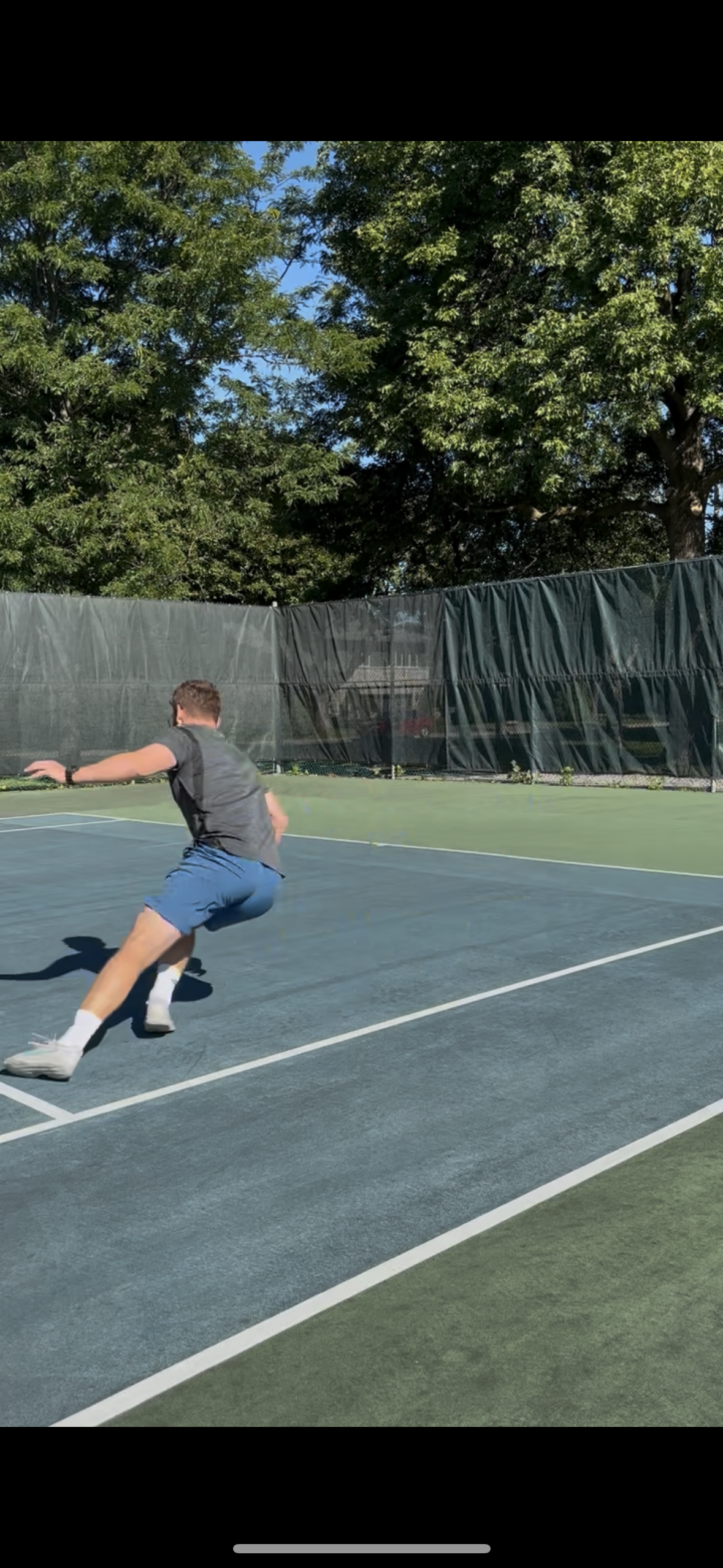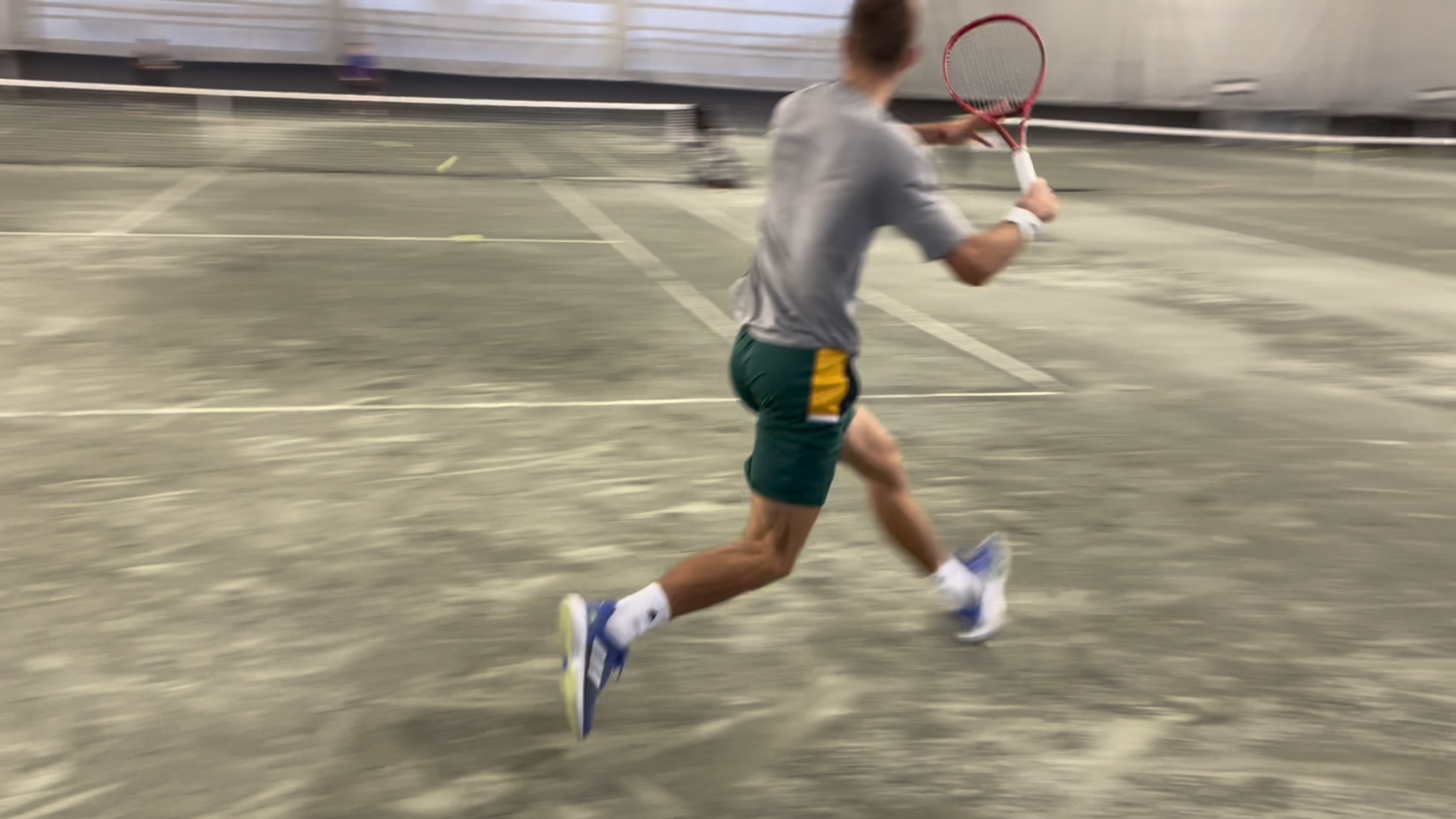In last week’s article, I wrote about easing into COD (change-of-direction) type of work. More specifically, I touched on COD drills and some of the best ways of incorporating them into training, especially in the early stages.
Viewing entries tagged
tennis movement
For those that are unfamiliar with the term COD, it stands for change-of-direction. In the tennis world, things can get confusing as players and coaches often use the term ‘change direction’ when referring to hitting drills or on-court tactics. In other words, changing the direction of the ball (from a crosscourt exchange to a down-the-line switch, for instance). But that’s NOT what we’re talking about here.
I’ve spoken about COD in the past (you can check out THIS article for an extensive review). But in layman terms, it’s basically the instant when you move / orient your body from one direction, to another.
For the majority of tennis players, traditional ‘aerobic training’ is useless. That’s a pretty bold statement, I know. But hear me out.
In tennis, successful players need to be skillful. They must possess technical mastery across a number of strokes. They require a strategy. And tactics to implement said strategy.
Even though I have a bias towards being very prepared from a physical standpoint (as long time readers of Mattspoint would know), technique and tactics are still top priority.
During the specific prep phase, as we’ve mentioned in previous sections, there is a greater emphasis on tennis play/practice - especially when compared with the general prep phase. Because of this, in my opinion, the need for conditioning work (in the traditional sense) is not as important - players, in effect, are getting a lot of their conditioning through tennis. Studies (Fernandez-Fernandez et al 2016, Kilit and Arslan 2018) are reaffirming this trend. See the ‘Learn More’ section for links to both studies.
Many athletes have the following problem - they seek to improve their sport performance while doing an overly large amount of the their training in the weight room.
Tennis players, on the other hand, have the reverse problem. They spend way too much time on-court and their off-court training closely resembles (or mimics) what they’re already doing on the court.
Then there are coaches and players (even parents) that often seek ‘tennis-specific’ training. Depending on how you define it, ‘tennis-specific’ can mean a lot of different things.






